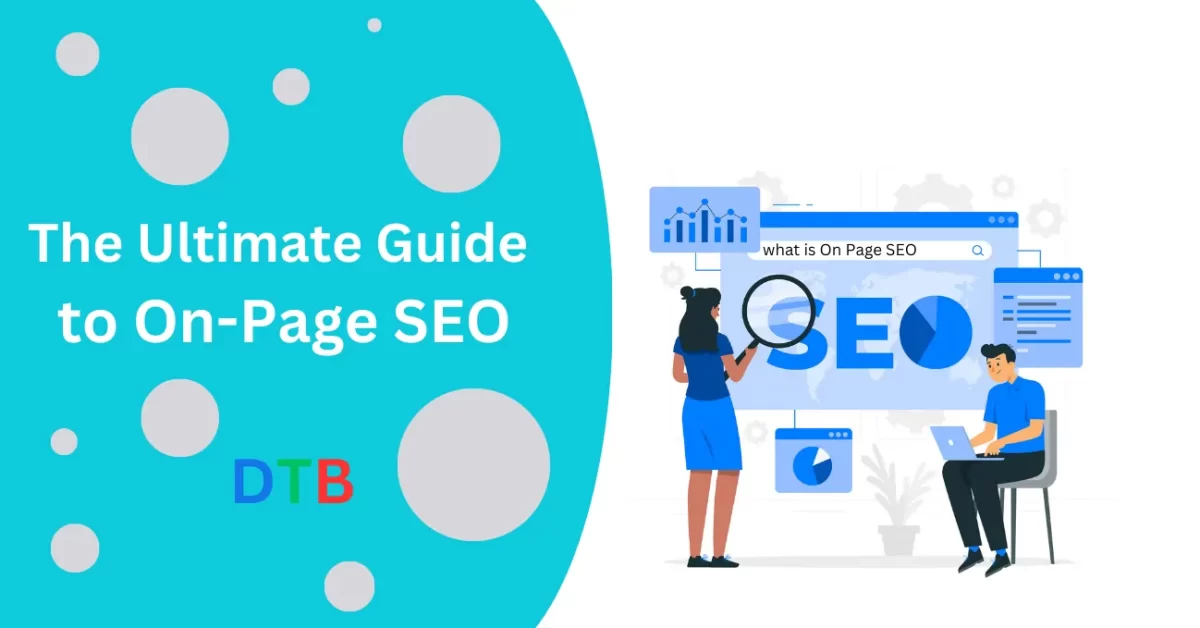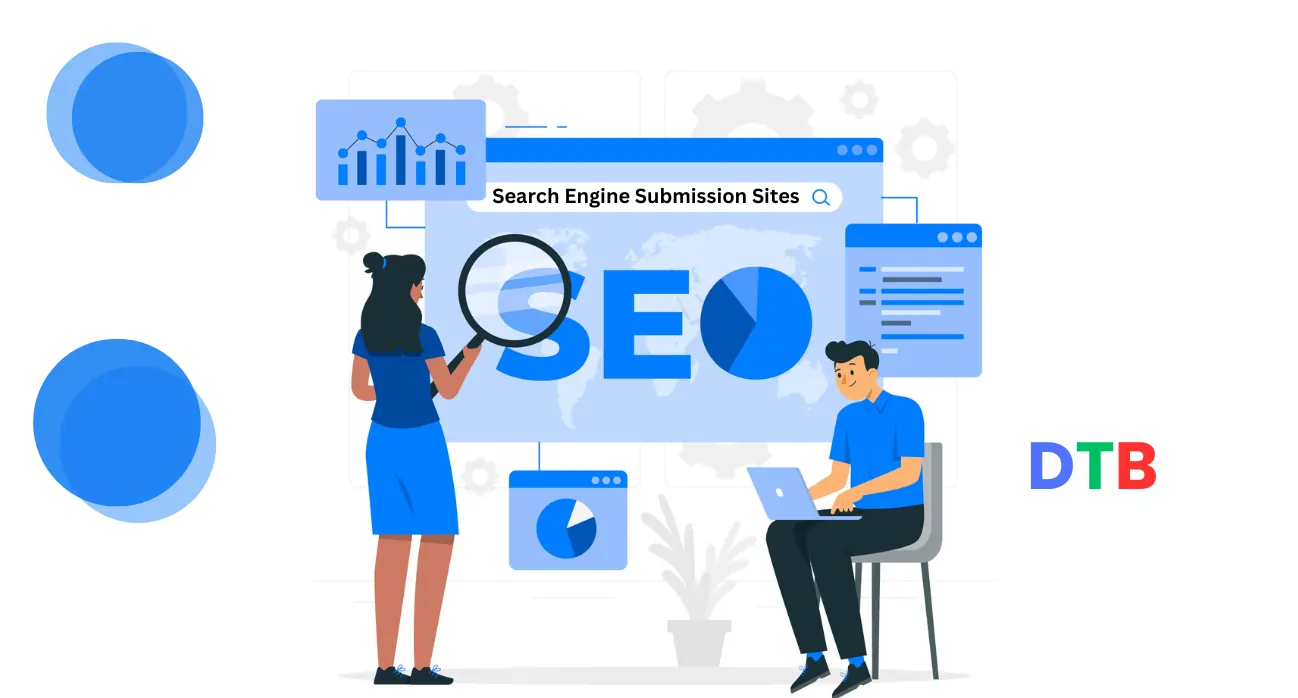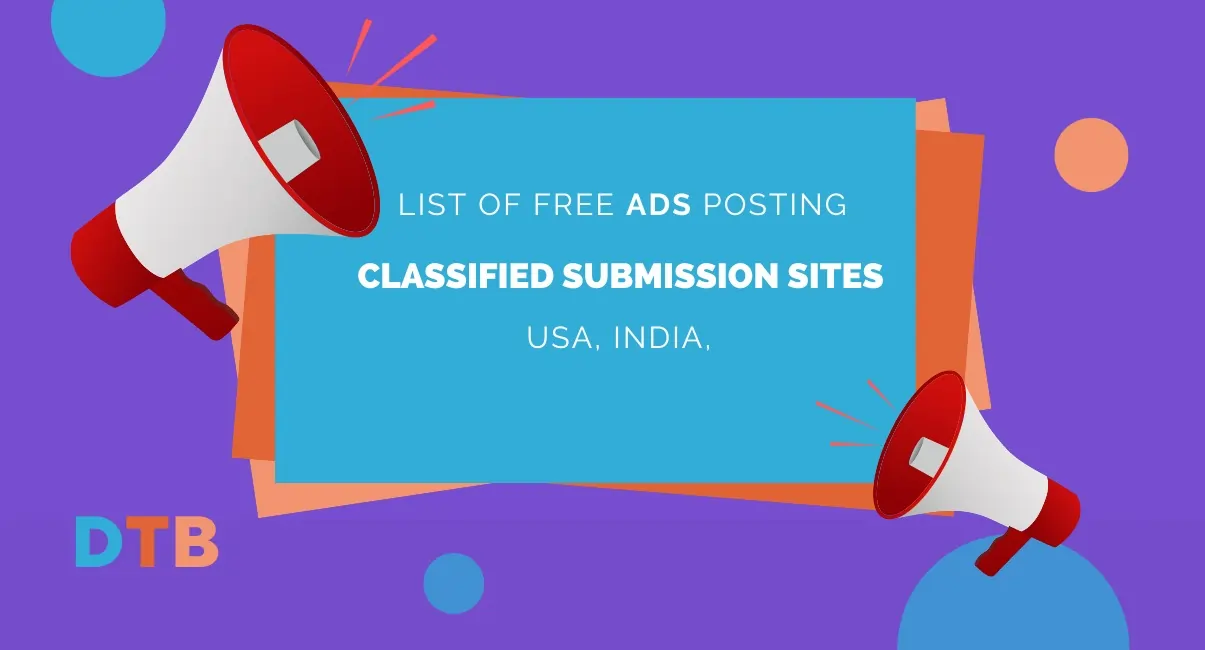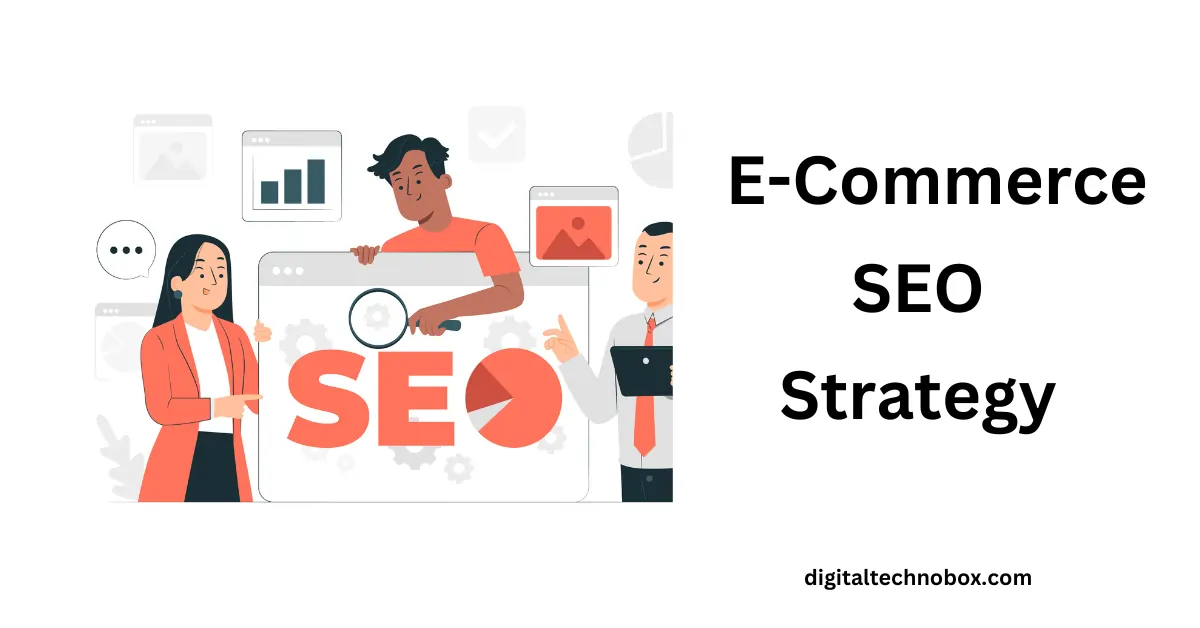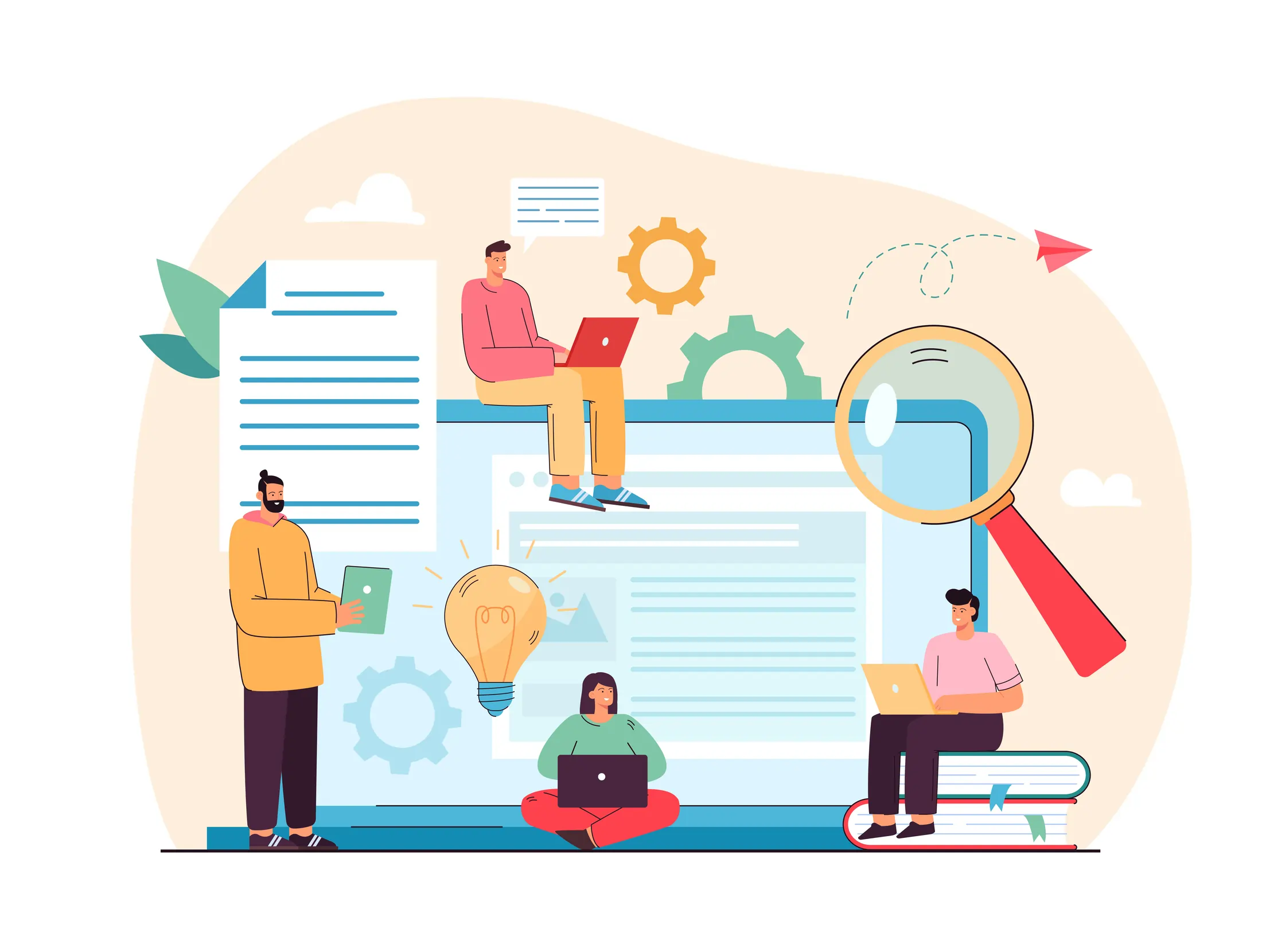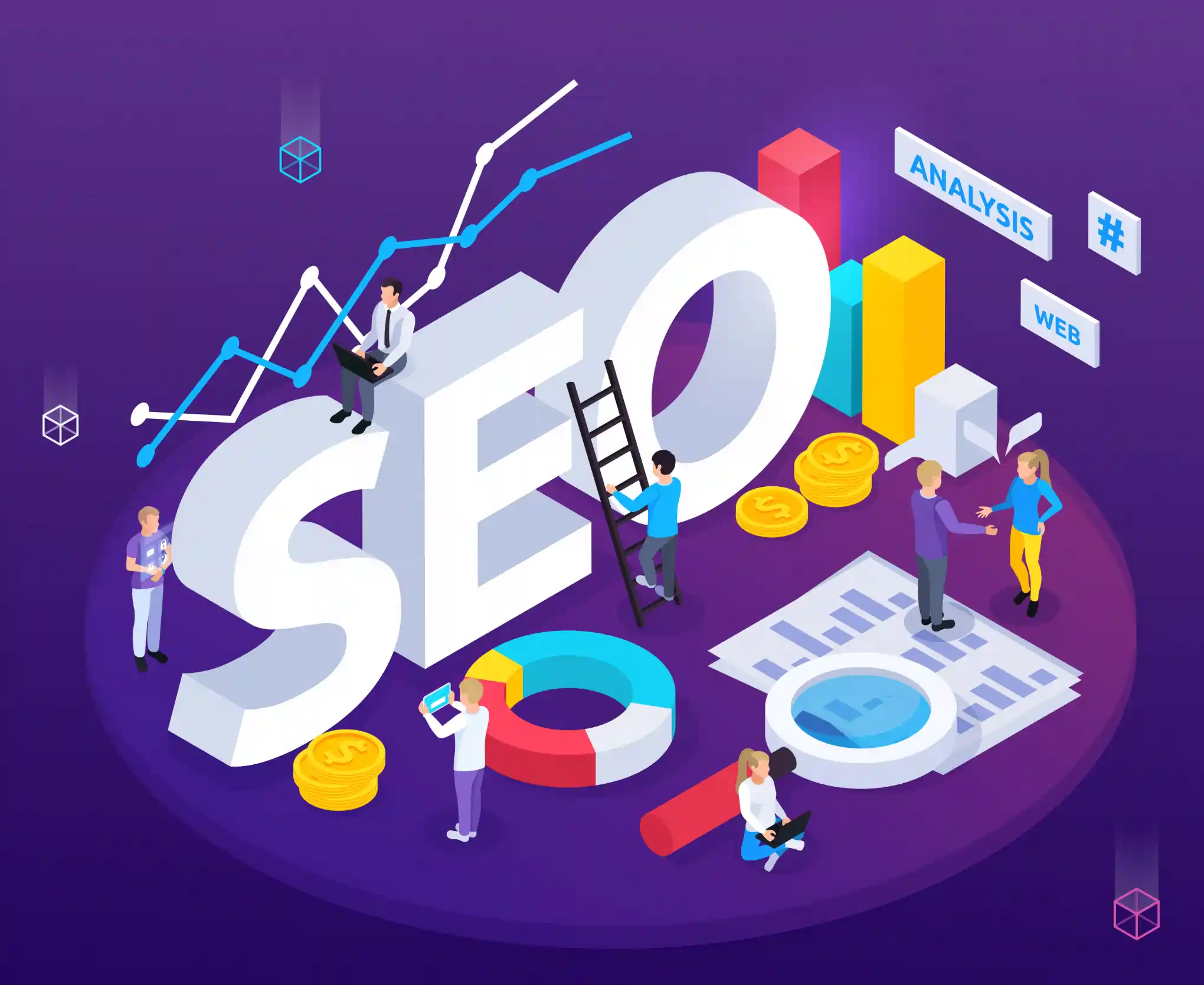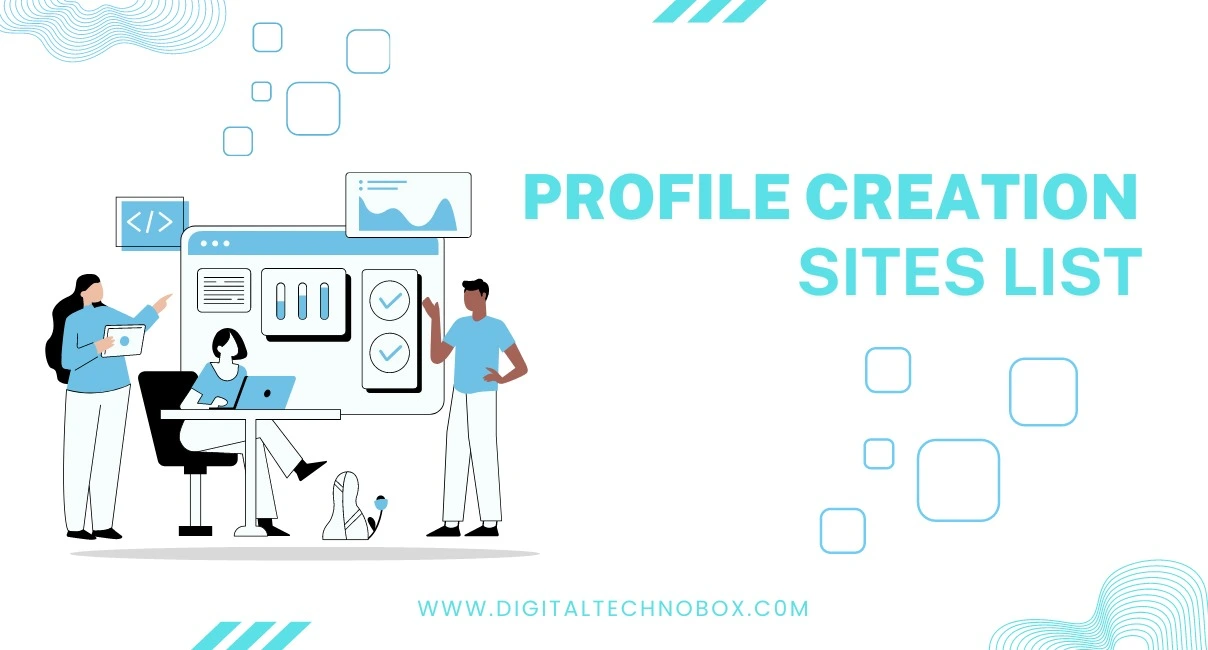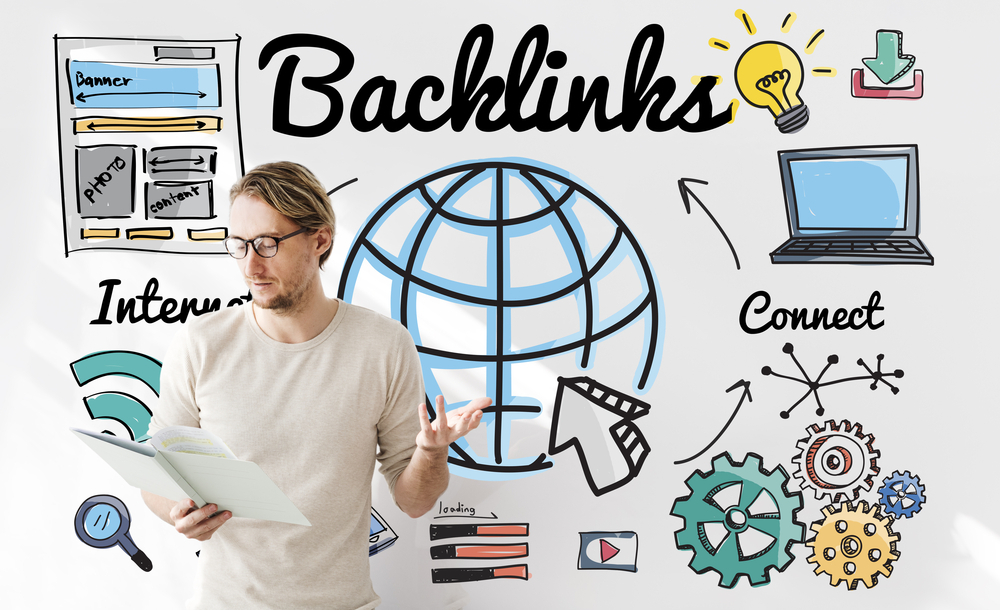What is on-page SEO?
On-page SEO refers to the optimization of various elements within a website’s pages to improve its visibility and relevance in search engine results.
This involves optimizing both the content and HTML source code of a web page to make it more attractive to both search engines and users.
On-page SEO techniques include keyword research, optimization of title tags, meta descriptions, header tags, content, internal linking, image optimization, URL structure, and other factors that can influence a website’s search engine visibility and user experience.
The goal of on-page SEO is to ensure that search engines can easily crawl and index the website’s pages, while also providing users with a high-quality, informative, and engaging experience.
By optimizing a website’s on-page elements, it becomes easier for search engines to understand the website’s content and relevance to user search queries, which can lead to higher rankings and increased traffic.
On-page SEO is an essential aspect of any successful digital marketing strategy.
By investing time and resources into optimizing on-page elements, website owners can ensure that their website is highly visible in search engine results pages, resulting in increased traffic, improved user engagement, and ultimately, higher conversion rates.
Why is on-page SEO important?
On-page SEO is important because it plays a crucial role in improving a website’s search engine visibility, attracting more relevant traffic, and ultimately, increasing conversions. Here are some of the reasons why on-page SEO is essential:
Higher Search Engine Rankings:
On-page SEO helps search engines to understand the content of a web page and its relevance to user search queries.
By optimizing on-page elements such as title tags, header tags, and content, website owners can improve their website’s ranking in search engine results pages, resulting in more visibility and traffic.
Improved User Experience:
On-page SEO is not just about optimizing for search engines, but also about making the website more user-friendly.
By optimizing elements such as content, internal linking, and page speed, website owners can provide users with a better browsing experience, resulting in increased engagement and conversions.
Increased Traffic:
On-page SEO can help to attract more relevant traffic to a website.
By optimizing for specific keywords and creating high-quality content, website owners can target users who are actively searching for the products or services they offer, resulting in increased traffic and leads.
Cost-Effective:
On-page SEO is a cost-effective digital marketing strategy that can provide long-term benefits. Once the on-page elements are optimized, they can continue to attract traffic and generate leads, without the need for additional investment.
In summary, on-page SEO is essential for improving a website’s search engine visibility, attracting more relevant traffic, and increasing conversions.
By investing time and resources into optimizing on-page elements, website owners can achieve long-term benefits and a higher return on investment.
How to do on-page SEO
On-page SEO involves optimizing various elements within a web page to make it more search engine and user-friendly. Here are the steps to do on-page SEO:
1. Keyword Research:
Identify the relevant keywords and phrases that users use to search for products or services related to your website.
2. Title Tag Optimization:
Create a unique and descriptive title tag that includes your target keyword(s).
3. Meta Description Optimization:
Write a compelling meta description that includes your target keyword(s) and describes the page’s content.
4. Header Tag Optimization:
Use header tags (H1, H2, H3) to organize content and include target keywords.
5. Content Optimization:
Create high-quality, informative, and engaging content that includes target keywords and provides value to users.
6. Internal Linking:
Link to other relevant pages within your website to improve navigation and provide context.
7. Image Optimization:
Optimize images by adding descriptive alt text and compressing file sizes to improve page load time.
8. URL Structure Optimization:
Use short, descriptive URLs that include target keywords.
9. Mobile Optimization:
Ensure your website is mobile-friendly and provides a seamless user experience on all devices.
10. Page Speed Optimization:
Optimize page speed by reducing file sizes, compressing images, and using caching.
11. Avoid Duplicate Content:
Ensure that each web page has unique and valuable content to avoid duplicate content penalties.
By following these on-page SEO techniques, website owners can improve their website’s search engine visibility and user experience, resulting in more traffic, engagement, and conversions.
It’s important to note that on-page SEO is an ongoing process that requires regular updates and optimization to stay relevant and effective.
What’s the Difference Between On-Page SEO and Off-Page SEO?
On-page SEO and off-page SEO are both essential for improving a website’s search engine visibility and attracting more relevant traffic. Here’s the difference between the two:
On-page SEO: On-page SEO refers to the optimization of various elements within a web page to make it more search engine and user-friendly. This includes optimizing title tags, meta descriptions, header tags, content, internal linking, image optimization, URL structure, mobile optimization, and page speed.
Off-page SEO: Off-page SEO refers to the optimization of factors that are external to a website, such as link building, social media, and brand mentions. This includes building high-quality backlinks from authoritative websites, social media engagement, influencer marketing, guest posting, and online reputation management.
The main difference between on-page SEO and off-page SEO is that on-page SEO involves optimizing the content and structure of a website, while off-page SEO involves building external signals and relationships to improve the website’s reputation and authority.
Both on-page and off-page SEO are crucial for achieving higher search engine rankings, attracting more relevant traffic, and increasing conversions. A comprehensive SEO strategy should include both on-page and off-page optimization techniques to achieve maximum results.
Advanced On-Page SEO Tactics
On-page SEO tactics are essential for optimizing a website to rank higher in search engine results pages (SERPs). Here are some advanced on-page SEO tactics that you can use to improve your website’s visibility in search engine results:
1. Use long-tail keywords:
Long-tail keywords are longer and more specific phrases that are used by people to search for particular information. Using long-tail keywords in your content can help you target a specific audience and increase your chances of ranking higher in the search engine results.
2. Optimize your title tags:
Your title tag is the first thing that search engines display in the search results. Make sure your title tag is descriptive, includes your target keyword, and is under 60 characters.
3. Use structured data:
Structured data is a type of code that provides search engines with more information about your content. By using structured data, you can improve your chances of appearing in rich snippets, which can increase your click-through rate.
4. Optimize your images:
Optimize your images by using alt tags, captions, and descriptive file names that include your target keywords. This can help your images rank higher in image search results, which can drive more traffic to your website.
5. Improve your website speed:
A slow website can negatively impact your search engine rankings. Use tools like GTMetrix or Google PageSpeed Insights to identify areas for improvement and optimize your website speed.
6. Internal linking:
Internal linking is the process of linking to other pages on your website. This helps search engines understand the structure of your website and can help boost your rankings for specific keywords.
7. Content optimization:
Optimize your content by using your target keywords in the title, header tags, and throughout the body of your content. Make sure your content is high-quality, informative, and engaging.
8. User experience optimization:
User experience (UX) optimization is the process of improving the overall user experience of your website. This includes things like improving your website’s navigation, ensuring your website is mobile-friendly, and using easy-to-read fonts.
By implementing these advanced on-page SEO tactics, you can improve your website’s visibility in search engine results and attract more traffic to your website.

